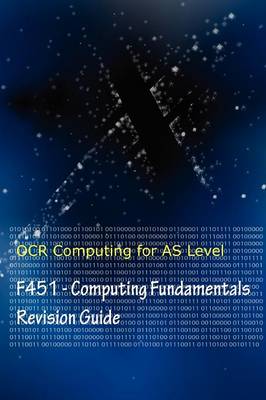Filters
Clear allSubject
- Careers (38) Apply Careers filter
- Climate Change (2) Apply Climate Change filter
- Creative arts and media (3) Apply Creative arts and media filter
- Cross curricular (19) Apply Cross curricular filter
- Design and technology (91) Apply Design and technology filter
- Engineering (74) Apply Engineering filter
- Leadership (1) Apply Leadership filter
- Mathematics (87) Apply Mathematics filter
- Personal development (3) Apply Personal development filter
- Psychology (1) Apply Psychology filter
- Science (99) Apply Science filter
- Space (1) Apply Space filter
- STEM Clubs (5) Apply STEM Clubs filter
Age range
Type
- Activity sheet (33) Apply Activity sheet filter
- Article (51) Apply Article filter
- Assessment (1) Apply Assessment filter
- Data set (1) Apply Data set filter
- Demonstration (2) Apply Demonstration filter
- Game (2) Apply Game filter
- Group work (3) Apply Group work filter
- Image (7) Apply Image filter
- Information sheet (12) Apply Information sheet filter
- Interactive resource (1) Apply Interactive resource filter
- Open-ended task (2) Apply Open-ended task filter
- Poster (3) Apply Poster filter
- Presentation (20) Apply Presentation filter
- Research (28) Apply Research filter
- Self assessment (1) Apply Self assessment filter
- Teacher guidance (120) Apply Teacher guidance filter
- Textbook (17) Apply Textbook filter
- Video (28) Apply Video filter
- (-) Remove Include Physical Resources filter Include Physical Resources
Showing 421 results
Suitable resources for both primary and secondary aged pupils are listed here with those suitable for secondary resources being listed at the top. Some of the resources, like 'Code and Rescue' cover a series of possible lessons to look at code and programming whilst others like 'Programming languages - Harold the...
In 2015-16, the regional Network has been found to have sustained a strong upward trajectory in the amount of CPD that it is delivering, increasing its level of CPD delivery by 45% compared to 2014-15, and surpassing the levels of CPD delivery achieved in previous years.
The Network has also forged new...
How can we capture the unpredictable evolutionary and emergent properties of nature in software? How can understanding the mathematical principles behind our physical world help us to create digital worlds?
This book focuses on a range of programming strategies and techniques behind computer simulations of...
This book is an introduction to the study of electric network based upon a system theoretic approach. In contrast to many present textbooks, the emphasis is not on the form and structure of a network but rather on its excitation-response properties. In other words, the major theme is concerned with how a linear...
A short unplugged activity. This uses string and various other props to enable students to simulate the various network topologies required for GCSE Computing. The activities lead naturally into discussions around protocols, data collisions and reliability. A large open area may be required depending on the size...
This series of five one-hour lessons covers computer networks at secondary-school level. The objectives of the lessons are:
- Describe what a network is, the difference between a LAN and a WAN and identify three network topologies.
- Describe pieces of hardware that are needed in a network. ...
This resource contains some rules for an unplugged networking activity to model how routers and networks deal with transmitting packets of data. The activity is designed for 6 people to act as routers, who apply the routing rules to packets of data. There are 4 end points which send and receive packets according to...
Students would find this Computing at School community resource useful as a revision resource for the topics of networks and the internet. It is suitable to be issued as a sequence of homework tasks.
For everyone from the curious beginner to the working professional, The New Turing Omnibus offers 66 concise, brilliantly written mathematically oriented articles on the major points of interest in computer science theory, technology, and applications. Foundational for this tour: information on algorithms,...
Normalisation of floating point binary numbers is usually a topic where students require practice. This pair of documents explain the technique and then provide a set of questions with answers for independent working.
The Inventive podcast uses storytelling to encourage listeners to find out more about engineers and what they do. In each episode, Professor Trevor Cox interviews an engineer, and then a writer uses that interview as inspiration for a piece of fiction. The podcast brings...
Another great resource from the Computing at School community which is suitable as a consolidation activity for small groups, designed to consolidate learning regarding converting positive integers between the binary, denary and hexadecimal number...
This book explains the essential building blocks of the OSI (open systems interconnection) model as described in recommendation ISO 7498, basic functions and tasks of the seven specified layers.
Greenfoot is an object oriented programming language based on Java. This resource uses a skeleton crab game program to teach the principles of Greenfoot programming. Students complete the activities to complete the program. The resource includes a greenfoot project and a completed project. These are aimed at...


